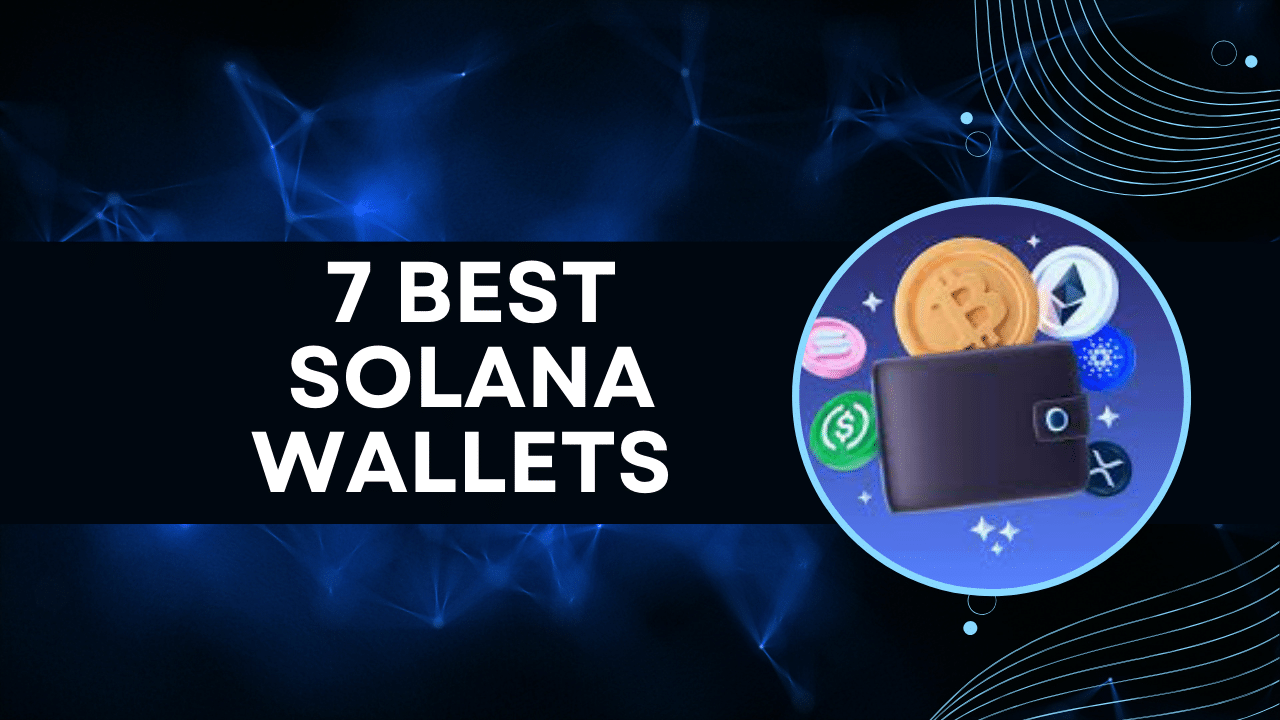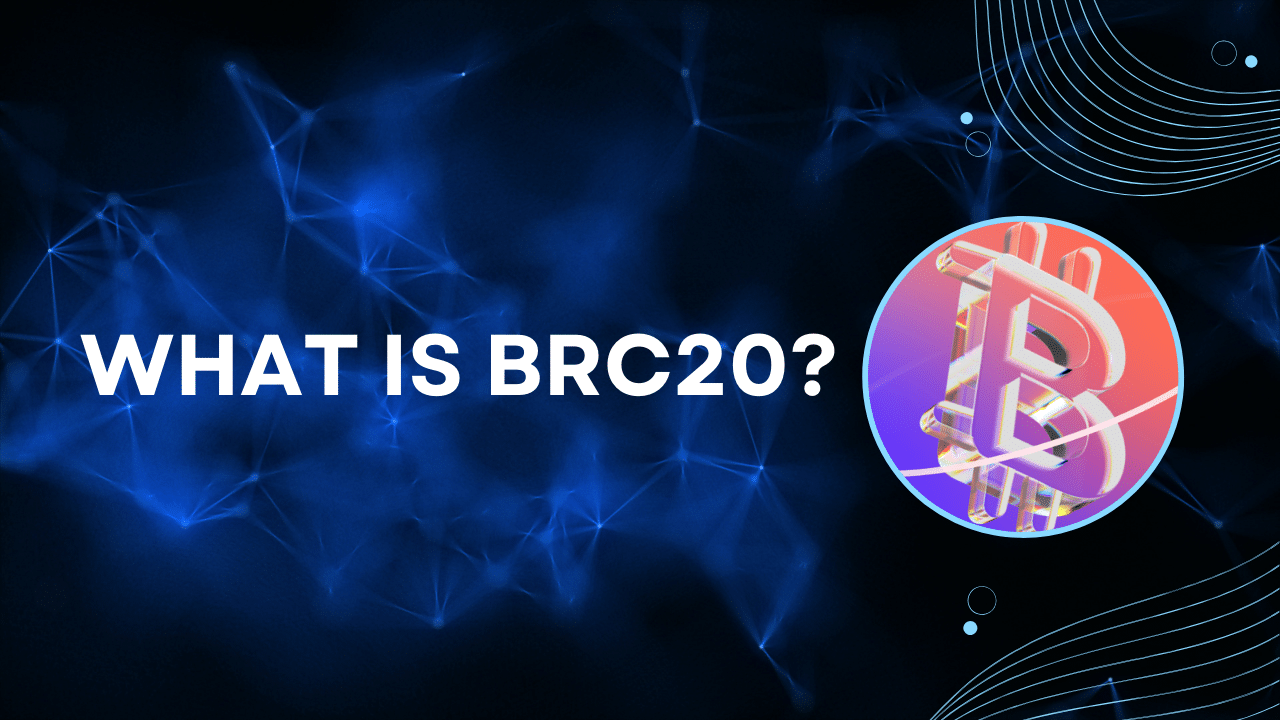Contents
|
|
We will take a look at the corresponding subcategories and provide you a better understanding for Privacy coin vs Stablecoin vs CBDC
According to Coinmarketcap, there are more than 3,000 cryptocurrencies on the market by now. Especially beginners get easily confused by such terms as coin, token, stablecoin or CBDC.
However, every cryptocurrency can be classified into one of the basic categories such as bitcoin, altcoin or token. We will also take a look at the corresponding subcategories and provide you a better understanding for cryptocurrencies overall.
Contents
Bitcoin – the first ever cryptocurrency
Talking about cryptocurrencies, bitcoin (BTC) is probably the most common one in crypto space. The Founder of Bitcoin, Satoshi Nakamoto, published the Bitcoin Whitepaper in 2008 already. Only a few month later the genesis block of the Bitcoin blockchain was created. But more important than the actual release of Bitcoin was the intention of Nakamoto. Since the globalized world had to suffer because of bad loans that were traded as highly rated bonds, Nakamoto wanted to lay the foundation of an alternative and decentralized currency. That new currency was described in the Bitcoin whitepaper.
Cryptocurrencies such as Bitcoin could be subject to the laws of traditional monetary policies. Due to the underlying blockchain technology it seemed as BTC would be the perfect answer to the existing financial problems.
Despite numerous other cryptocurrencies, bitcoin still remains the most valuable crypto asset on the market. The decentralized, electronic peer-to-peer system enables the participants to transfer funds without the involvement of an intermediary such as a bank.
Since its introduction in 2009, Bitcoin has never failed and the investors had always access to the network. However, during the crypto rally in 2017, it became clear that the scalability of the Bitcoin Blockchain is the bottleneck of the ecosystem. And Despite the drawback, which followed the all-time highs of 2017, BTC is experiencing an increasing acceptance in daily payment transaction. The possibilities for investing in BTC have also improved over the last years. For example Investors can even buy bitcoin via PayPal by now.
Talking to other investors, it appears BTC has established itself as a digital alternative to physical gold. That assumption might be based on the implemented maximum supply of 21 million BTC. Because of that the leading cryptocurrency is a rare commodity, which has its own intrinsic value. However, the impact on the financial markets in the wake of the corona pandemic showed that BTC is also subject to the natural laws of the financial markets.
Altcoins are next to Bitcoin
The publication of the Bitcoin Whitepaper in 2008 wasn’t just the start for Bitcoin, but for a whole new industry. Because of the published open source code, many developers started to build their own blockchain ecosystems. By today we can say that the Bitcoin code was necessary to form the basis for numerous new cryptocurrencies.
Those alternative cryptocurrencies are referred to as altcoins. Many of these altcoins serve as a decentralized mean of payment. However, there are numerous altcoins, which illuminate completely different applications.
Ether (ETH) is by far the best known altcoin and the native currency of the Ethereum blockchain. But Ethereum is not well known for no reason, but for its capability of being a fully programmable blockchain. Using the object-oriented programming language Solidity, developers can program distributed applications (dApps) or smart contracts.
The automation of entire business transactions using Smart Contracts is considered one of the most important use cases of blockchains. Such an intelligent contract basically sets up simple IF-THEN rules and automatically executes transactions on the corresponding blockchain.
Altcoins mostly apply to a specific use case
Another well-known cryptocurrency is MIOTA. It’s based on the IOTA ecosystem and primarily focuses the internet of things. But in comparison to other cryptos MIOTA doesn’t have a blockchain. Instead, the IOTA Tangle, a direct acyclic graph (DAG), serves as a new layer for data transfer and transaction processing.
The next altcoin we want to look at is Litecoin. This altcoin functions as a peer-to-peer currency for an international payment network. According to Charlie Lee, the inventor of Litecoin, the parallels to Bitcoin are intentional. After all, Lee wanted to establish Litecoin as a complementary currency to BTC.
Long story short every altcoin is having its own network with a corresponding distributed ledger technology (DLT). The blockchain technology remains the most important DLT by far. And although all Coins are based on a DLT, the program codes of the individual projects differ greatly. This is also the reason why all altcoins have specific properties. The analysis service Coinmarketcap now carries 879 altcoins.
Tokens are the most common cryptocurrencies
The third and most common type of cryptocurrency is the token. Many newcomers use the terms token and coin synonymously. However, a differentiation must be made here. In direct comparison to bitcoin and altcoins, a token cannot function independently. Rather, a token is based on the network of another cryptocurrency and is therefore in a relationship of dependency.
Consequently, a token does not have its own distributed ledger or blockchain technology. The blockchain of an already existing cryptocurrency is always decisive.
There are 1,613 tokens listed on Coinmarketcap. Almost all of these tokens are based on four central block chains.
These are:
– Ethereum: The Ethereum blockchain is the basis of most of the tradeable tokens. Especially well known is the ERC20 standard, which allows an easy creation of tokens. Well-known tokens based on Ethereum are Chainlink (LINK), Huobi Token (TK), USD Coin (USDC) or the Basic Attention Token (BAT).
– NEO: NEO also serves as the technological basis for many cryptocurrencies. NEO is the Chinese version of Ethereum and offers functionality for dApps and Smart Contracts. Probably the best known tokens based on NEO are Nash Exchange (NEX) and Gas (GAS).
– TRON: The TRON blockchain is primarily the foundation of numerous dApps. Accordingly, TRON also has countless tokens like the BitTorrent token.
– Omni: The omni block chain is best known for tether (USDT). The Stablecoin Tether is the most traded cryptocurrency in the world. As a stable coin, it is suitable for the secure transfer of various assets.
If we take a look at the currently most valuable tokens, then tether is in first place. This is followed by UNUS SED LEO, Chainlink, Huobi token and USD coin. The second to fifth places are based on Ethereum and first place on Omni.
In comparison with coins in general, it is noticeable that there are simply more tokens than coins. The reasons for this circumstance may be the fact that the technical requirements for a token are much lower. A token simply does not need its own blockchain. The trend towards tokenization also shows that the potential of cryptographic currencies also works for institutional use cases. The potential of smart contracts makes it possible for other assets such as real estate, stocks, commodities or bonds to be represented by tokens. In the future, tokens may become even more relevant and revolutionize illiquid asset classes.
Even more subcategories for cryptos
The types presented above allow the categorization of each cryptocurrency. However, we can also use more detailed procedures and subtypes.
Classical subtypes are:
- Stablecoins
- Exchange Tokens
- Privacy coins
- Central Bank Digital Currency (CBDC)
In the following, we will show how the subtypes differ.
Stablecoin gain in relevance
The most traded cryptocurrency is Tether and therefore a stablecoin. The name already implies that it is a stable currency. Basically a Stablecoin must have a security, a reserve. If the reserve is sufficiently large, a typically very volatile cryptocurrency gains an intrinsic value – that of the corresponding currency.
Probably the most exciting stablecoin is Libra.
Investors can already start buying Libra in the first half of 2020. An important fact for traders regarding Stablecoins is the little fluctuation. Since they are supposed to be stable, you can’t expect high returns out of margin trades. Instead they are perfectly suitable for regular transactions.
Exchange Tokens – the solution for services
Another subtype of cryptocurrencies are the Exchange Tokens. These are usually cryptocurrencies created by a crypto exchange or trading platform. With the help of such an Exchange Token, users can access the services of the specific marketplace or reduce transaction fees when buying cryptos. Probably the best known Exchange Tokens are the Huobi Token, Binance Coin and KuCoin.
Privacy Coins enable anonymous transactions
Privacy Coins also represent a subtype of cryptocurrencies. Such a cryptocurrency allows anonymous and private transactions. Accordingly, there is no public information about the participating parties saved in the blockchain. The most important privacy coins right now are Monero, Dash and ZCash.
CBDCs are digital central bank money
The last and newest subtype of cryptocurrencies are the Central Bank Digital Currencies (CBDC). Such a cryptocurrency is created or at least supported by a central bank. Currently, there are numerous projects researching the of CBDCs. During 2020 we might the first CBDC, the digital Yuan, could be published by the Peoples Bank of China. Even Europe has announced that there will be a digital euro. In the long term it seems realistic that numerous central banks will publish corresponding digital currencies.
CBDCs will most likely gain relevance
There are numerous ways to categorize cryptocurrencies. The easiest way is probably to categorize them by using the terms Bitcoin, altcoin or Token. Especially exciting is the fact that almost all tokens are based on four central blockchains. The most important altcoin by far is Ethereum. After all, many tokens are based on this blockchain.
It is also possible to categorize the tokens by their subtype. Stablecoins and exchange coins are the most important ones. Privacy Coins may be used by a solid user base, but there are only a few new projects in this scene. The CBDCs will most likely gain relevance as early as the first one is released. Nevertheless, there are other ways to classify cryptocurrencies.
![The most important types [Privacy coin vs Stablecoin vs CBDC]](https://blockgeeks.com/wp-content/uploads/2020/04/The-most-important-types-of-cryptocurrencies-at-a-glance-Privacy-coin-vs-Stablecoin-vs-CBDC-.png)







